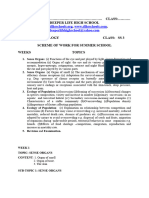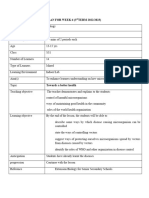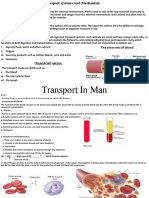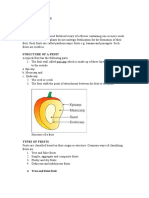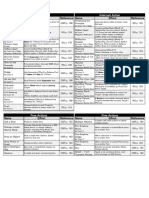100% found this document useful (1 vote)
1K views12 pagesReproductive - Systems - in - Vertebrates ss2
The document discusses reproductive systems in vertebrates. It describes internal and external fertilization and terms like oviparity, viviparity, and oviviparity. The male and female reproductive systems of mammals, fishes, amphibians, reptiles, and birds are then explained in detail, including the testes, ovaries, ducts, and glands involved. Key differences between internal structures and fertilization processes across groups are highlighted.
Uploaded by
Ezeh PrincessCopyright
© © All Rights Reserved
We take content rights seriously. If you suspect this is your content, claim it here.
Available Formats
Download as PDF, TXT or read online on Scribd
100% found this document useful (1 vote)
1K views12 pagesReproductive - Systems - in - Vertebrates ss2
The document discusses reproductive systems in vertebrates. It describes internal and external fertilization and terms like oviparity, viviparity, and oviviparity. The male and female reproductive systems of mammals, fishes, amphibians, reptiles, and birds are then explained in detail, including the testes, ovaries, ducts, and glands involved. Key differences between internal structures and fertilization processes across groups are highlighted.
Uploaded by
Ezeh PrincessCopyright
© © All Rights Reserved
We take content rights seriously. If you suspect this is your content, claim it here.
Available Formats
Download as PDF, TXT or read online on Scribd
/ 12




